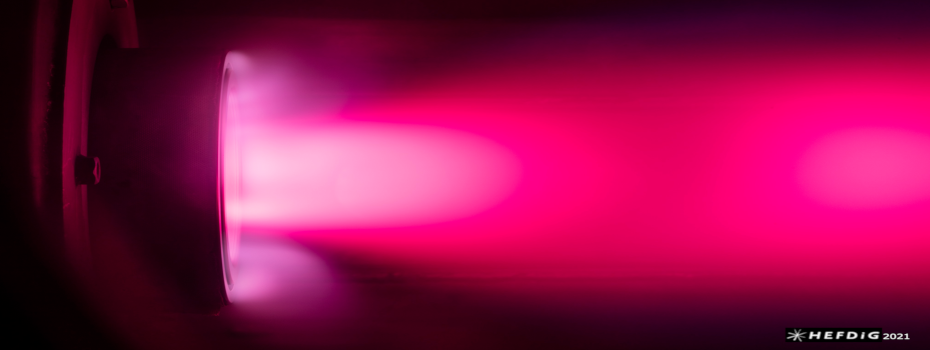Speakers
Description
Investigation of plasma radiation in an arcjet driven facility is demanding due to severely limited optical access and very dynamic processes. This complicates volumetric measurements, which are important for the understanding of many flow phenomena. In this paper, we present our recent advancements in the field of light field deconvolution. Originally developed in the domain of microscopy, this technique allows 3D studies of optically thin, luminous flows. It operates on a single snapshot recording of a plenoptic camera, and as it does not involve any temporal or spatial scanning or multiple viewpoints, this method is especially suited for demanding and dynamic environments like plasma flows.
The key feature of a plenoptic camera is an array of microlenses close to the image sensor, which distributes light rays onto the sensor pixels as a function of their direction. This additional directional data allows to reconstruct 3D information on the recorded scene. In the case of optically thin volumes, reconstruction requires knowledge of the point spread function (PSF), which defines light propagation within the optical system. An experimental approach is proposed to acquire the shift-variant PSF, considering all elements of the photographic setup. Assuming a linear system, the PSF is used as a tool to revert the image formation process in an iterative deconvolution algorithm, which seeks to reconstruct the three-dimensional intensity distribution within object space from a recorded light field image.
This concept was applied to test cases, where transparent, luminous fluid flows were recorded by a commercial plenoptic camera (Raytrix R29). The present paper gives results from these tests, computed by a Matlab code, and demonstrates the successful transfer of light field deconvolution from microscopic to macroscopic scales. As the computationally expensive reconstruction is performed after image acquisition, the temporal resolution of this technique is only limited be the frame rate of the camera, allowing to study fast, transient processes. We show with this paper how plenoptic light field imaging is used to assess the radiating environment in high-enthalpy plasma flows and we present the recent advancements in the experimental setup to improve temporal and/or local resolution.
Summary
This paper presents light field deconvolution as a volumetric technique to investigate radiation in a high-enthalpy plasma flow. Based on a snapshot recording of a single plenoptic camera, it allows to 3D measurements in demanding environments with limited optical access. We demonstrate the feasibility of the method by means of test cases, present the calibration approach and discuss recent advancements in the experimental setup to improve temporal and/or local resolution.

